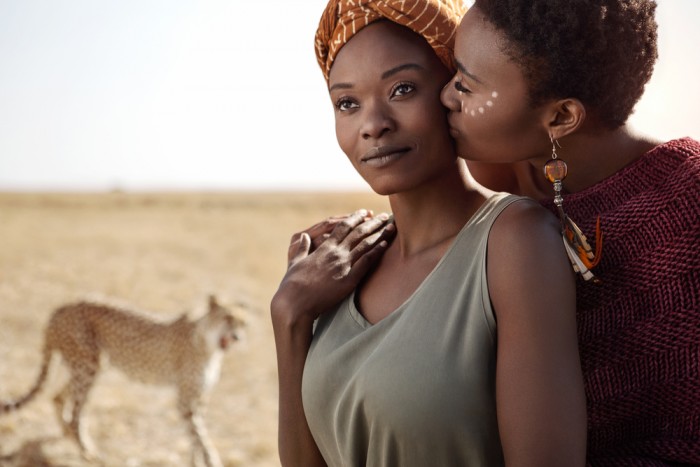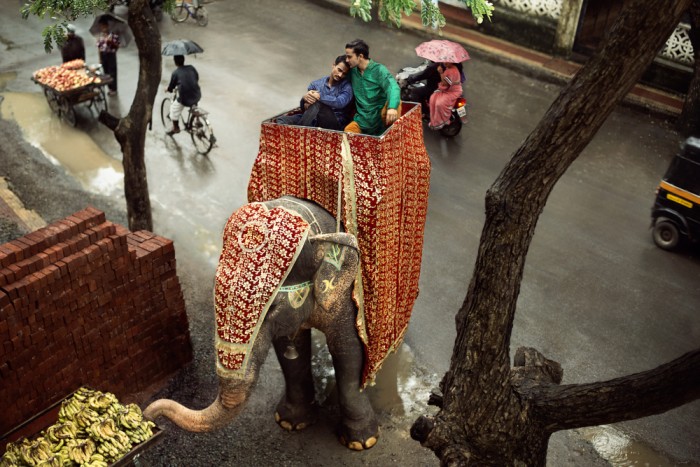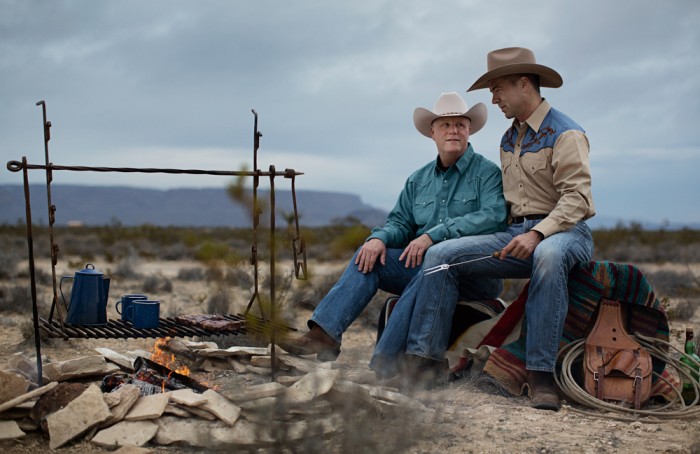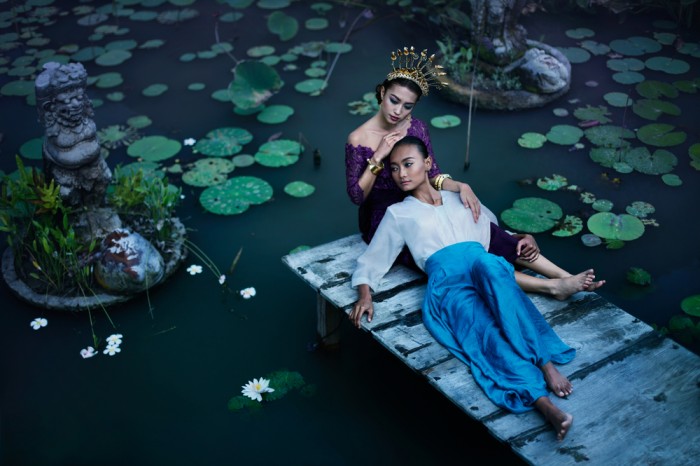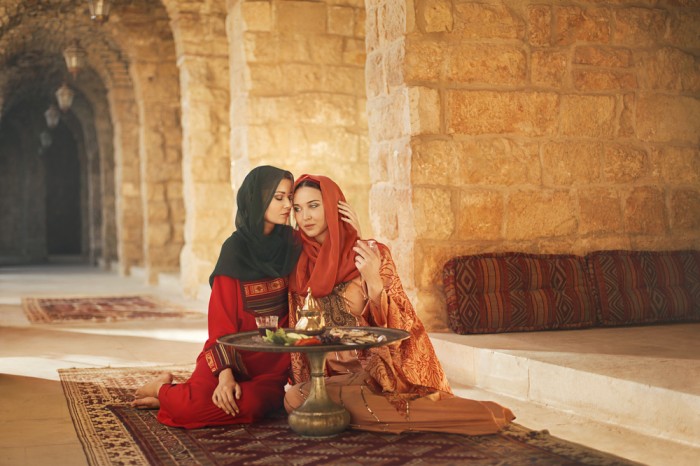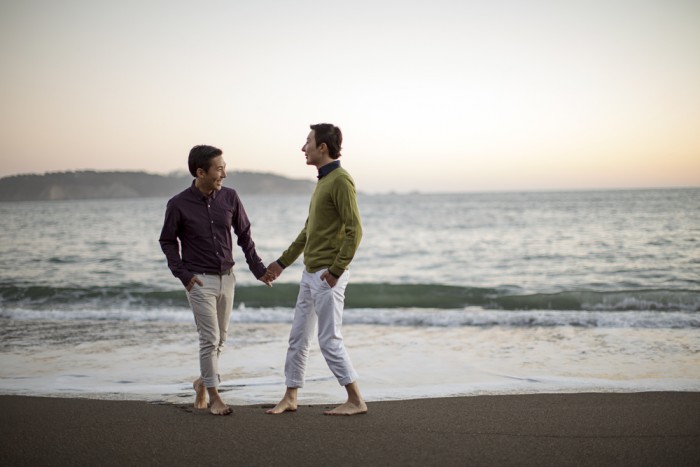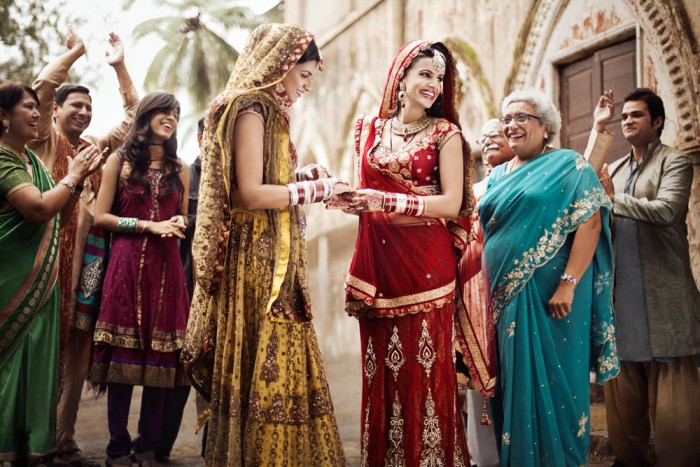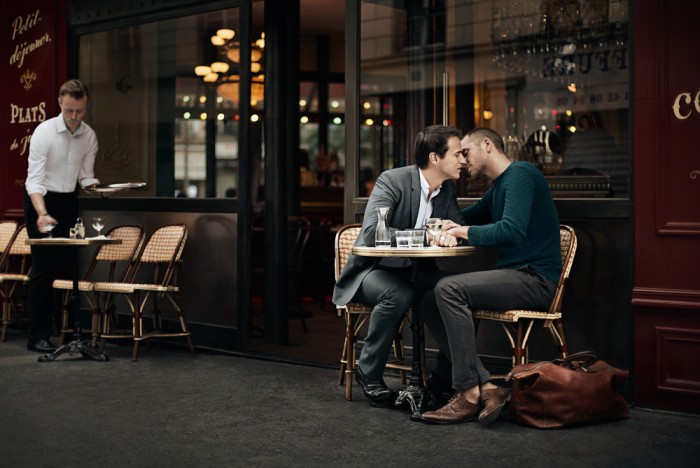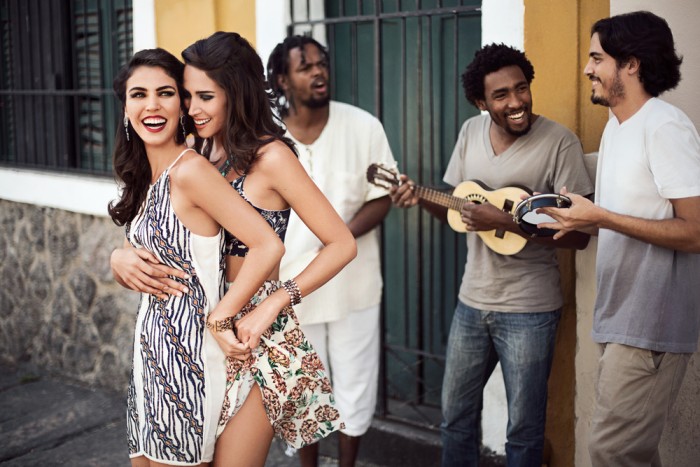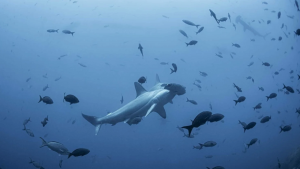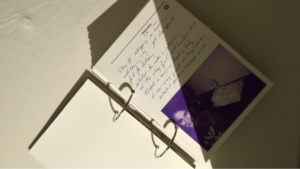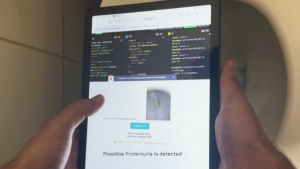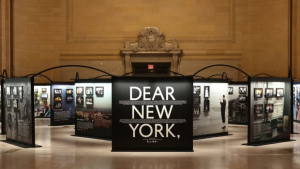US-based photographer and artist Braden Summers uses his work to address the way the public perceives LGBTIQ relationships. While a number of countries around the world are making strides in equal rights for lesbian, gay, bisexual, transgender, intersex, and questioning (LGBTIQ) individuals, there are still countries that view these relationships as immoral and punishable by prison sentences and even violence. Using a photo series titled, All Love is Equal, Summers portrays these “taboo” relationships in the iconic, fairytale aesthetic usually associated with heteronormative relationships.
“By excluding these types of images of beauty for the LGBTIQ community we are being told that we are not as beautiful, our romance doesn't deserve this type of iconic treatment in the media and I thought that it was time for that to change,” explains Summers.
The project questions how the absence of these romanticised images affects the LGBTIQ community. “I believed that it was a disservice to the LGBTI community's fight for equality to not view romantic imagery in the same fairy-tale like fashion that we see straight couples; as if to say same-sex romance is not as beautiful,” he adds.
I wanted my viewers to look at the images and see beauty first, to draw them in, and then realize that the couples depicted are of the same gender.
To create empathy, Summers steered clear of sex, victimisation, and gay caricatures usually associated with the LGBTIQ community. “I wanted to create dreamy narratives that would draw someone in regardless of one's stance on same-sex love. Relatability was key, and I believe that this is the reason the work has had such a viral life since they were first published,” Summers explains.
Summers opted to use visual clues like animals and traditional dress to denote time and place. According to the photographer, these choices enabled him to create meaning. “Of course, cowboys do not represent all of the United States, elephants are not walking down the streets of Mumbai, and cheetahs are not admiring all of the beautiful lesbians of South Africa, but these clues are able to be read by viewers in a split second,” he explains.
“There was also an intention to illustrate that there are gays and lesbians in even the smallest subset of cultures, they may not be visible, but they exist and they deserve to love.”

